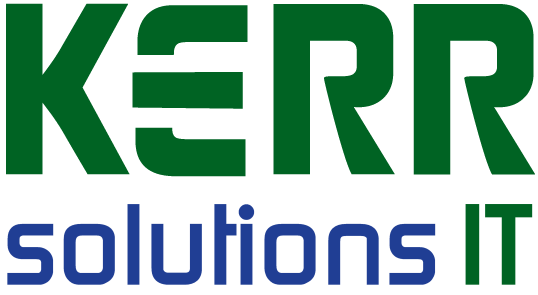No Perfect Single Device For Everyone
We often get asked the question – “what should I buy” when it comes to choosing between smart phones, netbooks, tablets, ultra-books, laptops, all-in-ones and desktop PC’s. And it is little wonder as there has been a plethora of different devices released in the last 5 years, with many of them claiming to be technological breakthroughs that are the next best thing since sliced bread!
Manufacturers love to get carried away, making unrealistic claims and hoping that potential buyers will camp overnight to be the first to get their hands on the latest gizmo offering. Seriously! What can be so wrong with the way your life operates already, that you would feel compelled to spend a night in the cold just to be amongst the first to get the latest phone device – could it improve the quality of your life that much? After spending the last 16 years in the IT industry I have lost count of how many supposedly “world changing” devices I have seen come – and go. In this time one thing has become very clear – there is no perfect single device for everyone and often no perfect device for individuals (many people needing two devices or more).
There are obviously many differences between the devices mentioned above however the largest single difference between them is their screen size and therefore portability. Keep in mind that even mobile phones can now be used to browse the Internet, take photos, send & receive emails, navigate to a destination and even type a document. These devices alone are often all that some need – especially if you are a tourist or don’t need to type much.
As soon as typing documents or reading information / browsing the Internet becomes more important then a “Pad” sized device becomes more desirable. These come in the form of the largest phones (which probably look a little silly when placed to ones ear) to the popular offerings like iPad’s, netbooks and tablets. The defining difference between netbooks and tablets being that a tablet has a touch screen to help with use.
Moving up a size we get into ultra-book and laptop territory. These devices lend themselves more readily again to Internet browsing and document creation due to their more comfortable screen size and also – finally – a full sized keyboard. The term ultra-book was created very recently and here it simply refers to a number of very slim and light weight laptops that meet a certain specification to be classed as ‘ultra-books’ by our industry.
All of these devices so far can operate from a battery and as such are portable – although if you have ever picked up a 17” or larger laptop you would have to question its portability! Moving onto larger screens and devices which aren’t portable we have standard desktop PC’s and all-in-ones. The defining difference here is simply that the all-in-one has the traditional separate ‘PC tower’ built into the back of the screen. The large screens and quality of picture available for these two devices make them a pleasure to use for ANY type of computing.
Be mindful that it is easier to incorporate a second screen onto a desktop PC to double your viewing area and dramatically increase your daily work productivity – and even decrease your work stress! As an example I would hate to sit at a desk all day and only have the use of a laptop – although I often see this end up being the case when people purchase the wrong device thinking that they need a laptop to take work home but never do! Next week we will focus on how to effectively work when away from the office.
Future Byte Me topics can be emailed to [email protected] and Bruce is contactable at Kerr Solutions, 205 Musgrave Street or on 49 222 400.
For more advice and assistance from Kerr Solutions, like and follow us on Facebook

